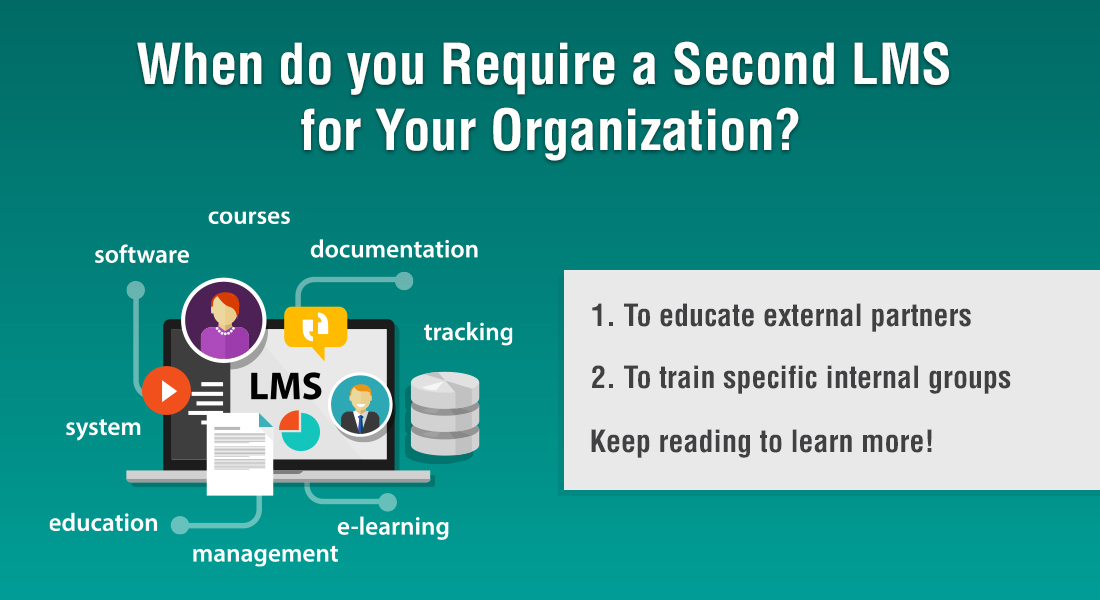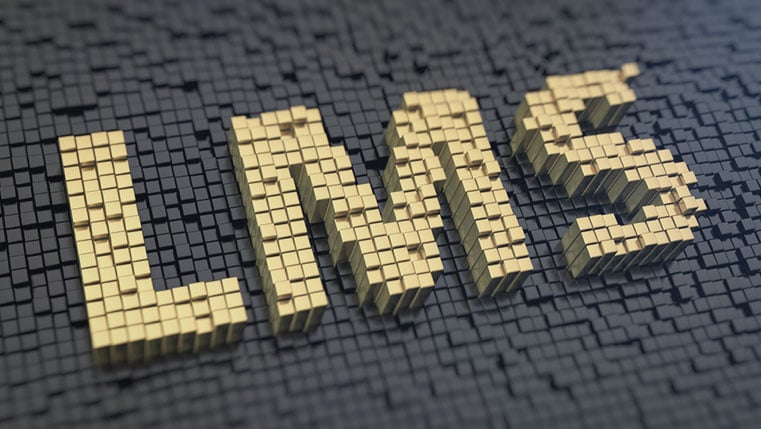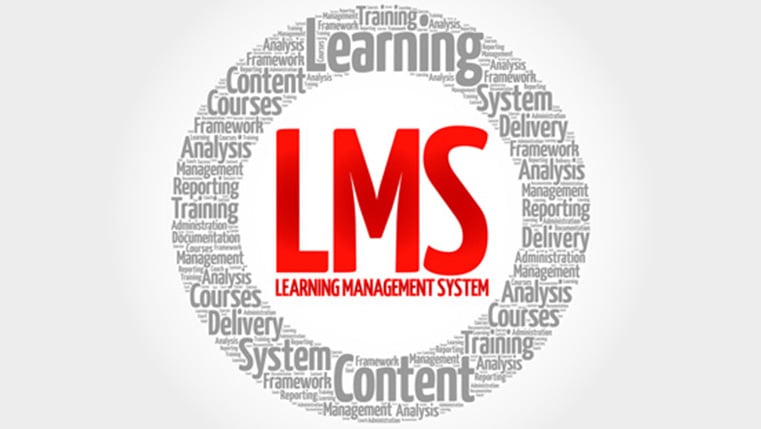The New-Age LMS: Making Training Easy for Different Users [Infographic]
![The New-Age LMS: Making Training Easy for Different Users [Infographic] The New-Age LMS: Making Training Easy for Different Users [Infographic]](https://blog.commlabindia.com/hubfs/Imported_Blog_Media/lms-different-users-training-needs-info.jpg)
The Learning Management System (LMS) is an integral part of training design and development in medium to large scale organizations. Over the years, the LMS has evolved from a cumbersome platform to an easy-to-use modern solution.
To define an LMS in a nutshell, it is a software that facilitates the management, delivery, and tracking of an organization’s online training programs. Not only is it effective for eLearning, it is also used to schedule and manage classroom training. Location is no longer a constraint for learning as new-age LMSs allow anytime, anywhere access through smartphones.
If you are just getting started, trying to understand modern LMSs, register for our introductory webinar on ‘The New-Age LMS’.
A new-age LMS goes beyond the basic functionalities and offers support for activities such as mobile learning, gamification, social learning, and learning analytics to name a few. Not only are modern LMSs more learner-centric, they also provide easy administration and navigation for LMS administrators and instructors – each one using the LMS to achieve different needs.
Check this infographic for more details on how a modern LMS caters to different user roles such as learners, trainers, and administrators.
If you have to reap the benefits of a Learning Management System, research the features of modern LMSs, list down the features that you need, and take advantage of the free trials and demos that LMS vendors have to offer. Most importantly, check if customizing the LMS is an option. That way you get to ensure that your investment in an LMS is worthwhile and meets your training needs.
For guidance on selecting the right LMS, don’t forget to download a copy of our free eBook!







